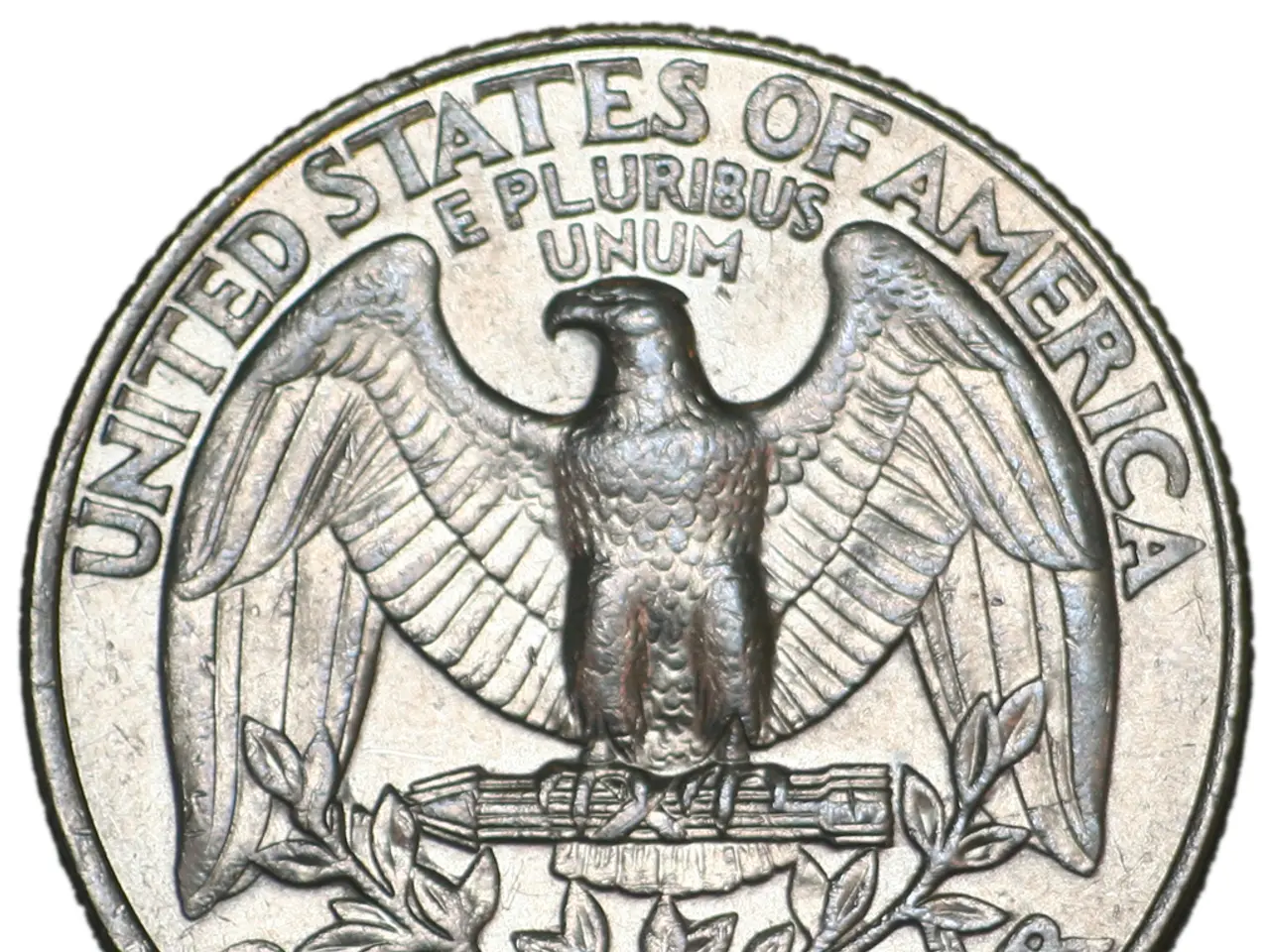The Significant Chronicle of the Distinctive Yellow Attire Synonymous with Sport's Highest Honour
The Yellow Jersey: A Symbol of Unity and Leadership in the Tour de France
The Tour de France, one of the most prestigious cycling races in the world, is synonymous with the yellow jersey, a symbol of leadership and excellence. The maillot jaune, as it is known in French, was first introduced in 1919, during the early stages of the race.
Eugène Christophe was the first rider to don the yellow jersey, a decision that was made to signify the leader of the general classification - the rider with the lowest cumulative time across all stages. The color of the jersey was chosen to match the yellow newsprint of the organizing newspaper, L'Auto, though an alternative theory suggests that yellow was a color available at short notice and unpopular enough to be used.
Initially, the yellow jersey was met with ambivalence and even derision. Historically, the color yellow bore negative cultural associations such as cowardice or treachery. Rivals mockingly imitated canaries as Christophe rode in it. However, over subsequent decades, the jersey’s prestige grew immensely and it became an iconic symbol not only in cycling but widely recognized in French culture as representing leadership, excellence, and the excitement of the Tour’s summer spectacle.
Today, the yellow jersey is the most coveted prize in cycling, awarded to the rider leading the race's general classification during the event, and worn for each stage after leading on the previous day. It outranks other jerseys like green (points leader), polka dot (best climber), and white (best young rider) if one rider leads multiple classifications.
The yellow jersey is highly exclusive and unique as a sporting prize. Its status and influence increased over subsequent decades, and yellow became more favorably regarded. Wearing the yellow jersey can make an unknown rider's career and transform their life. In fact, it is often said that the yellow jersey is compared to the Sun King, Louis XIV, in its symbolism of leadership and power.
The yellow jersey is also associated with the arrival of summer, holidays, and family moments in France. The term "maillot jaune" has become part of common parlance, often used to describe leaders in various spheres. Despite some riders' dirty antics while wearing it, the yellow jersey's reputation has not been tainted by association.
The author's yellow jersey, worn once and then stored, still remains in pristine condition after 25 years. The image on the cover of the book about the yellow jersey, written by Peter Cossins, was described by the editor, Tim Broughton, before its publication. The Tour de France gives out a yellow jersey as its primary trophy, a symbol of unity and leadership in the world of cycling.
Despite its humble origins midway through the 1919 race, the yellow jersey has come a long way. From a symbol of derision to the most prestigious and famous symbol in the Tour de France, the yellow jersey continues to captivate audiences and inspire riders alike.
Sports such as cycling associate the yellow jersey with leadership and excellence, a renowned symbol in the world of cycling, most notably in the Tour de France. The yellow jersey, known as the maillot jaune, is the primary trophy awarded in the Tour de France, symbolizing unity and leadership within the sport.





